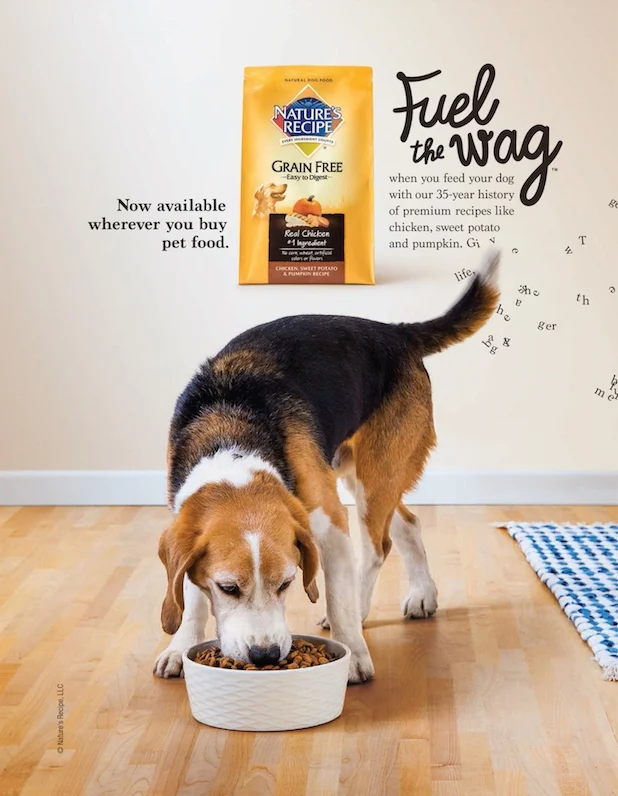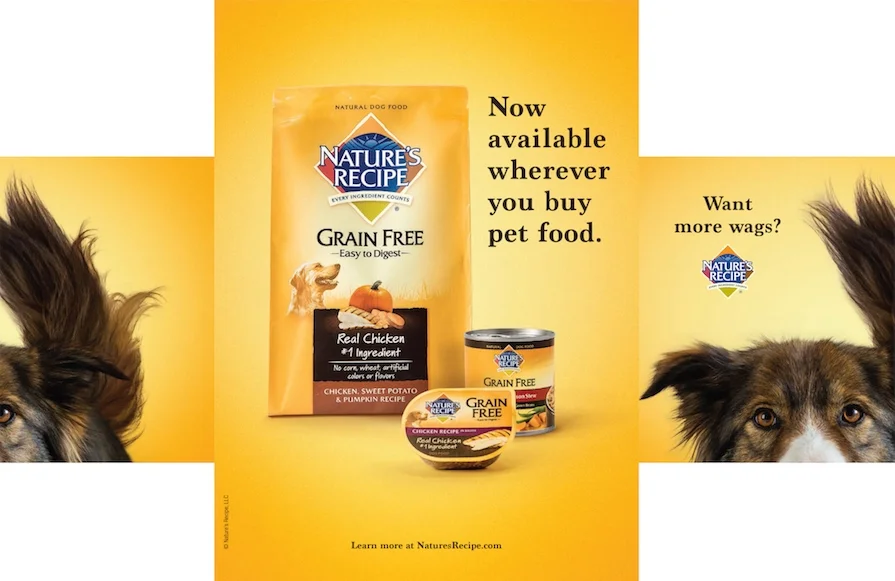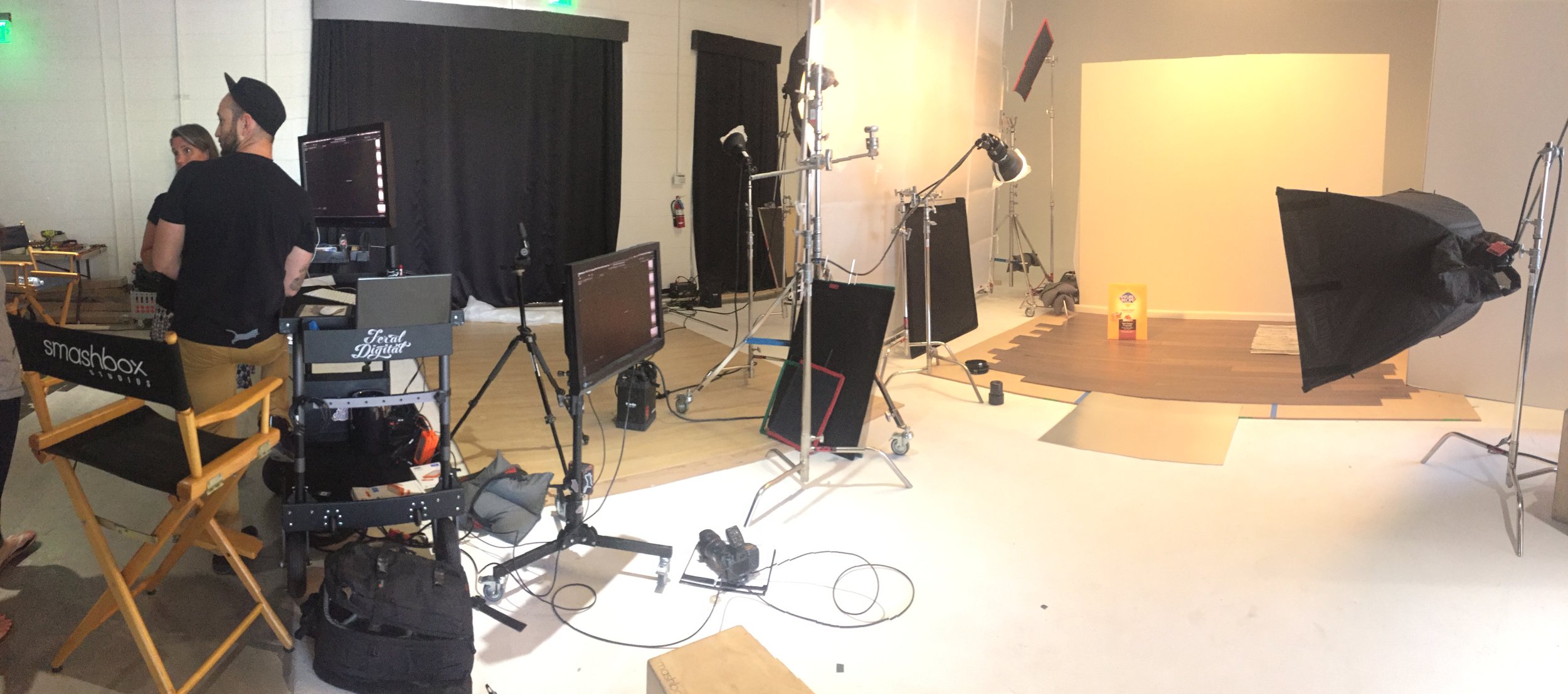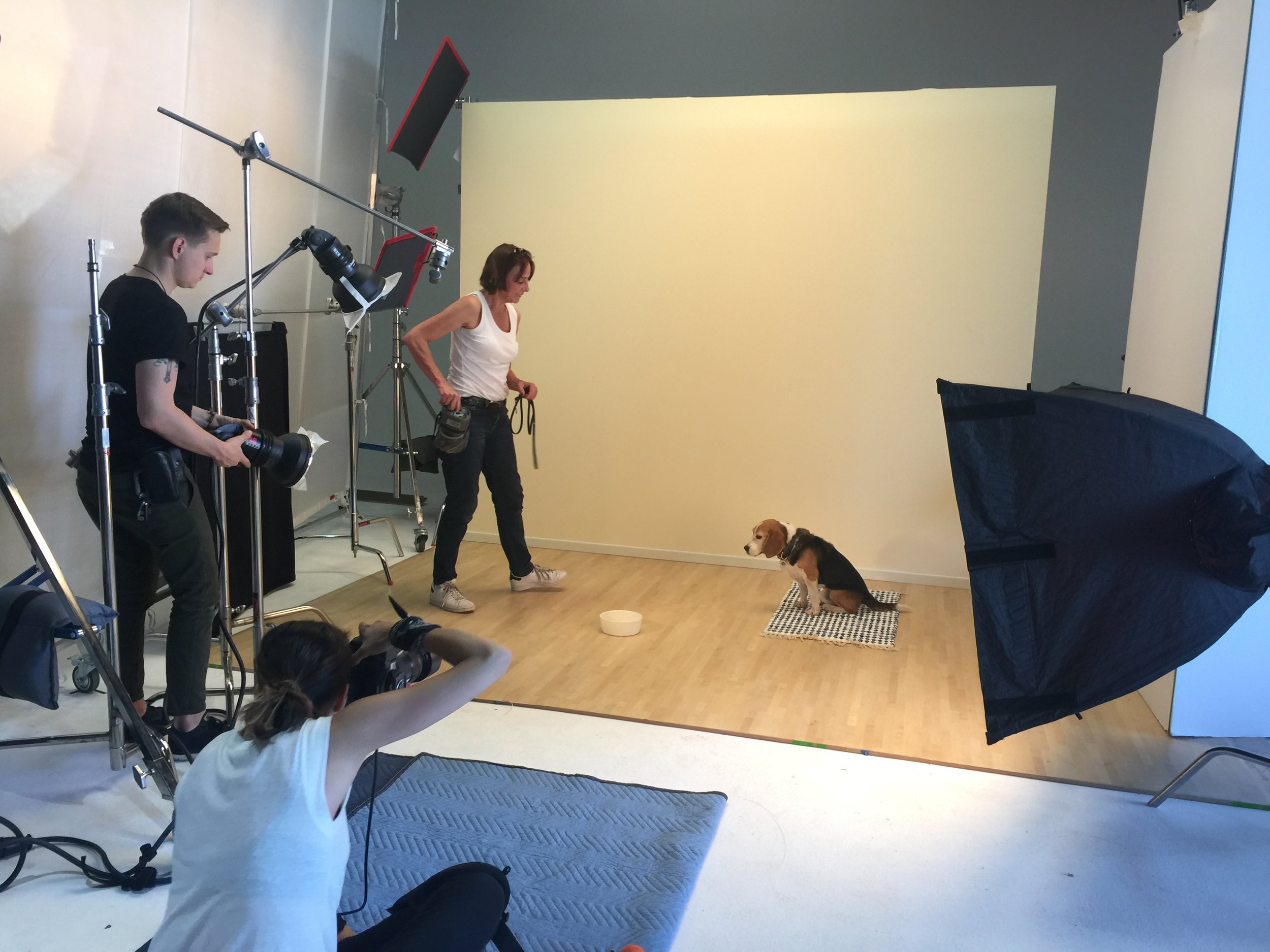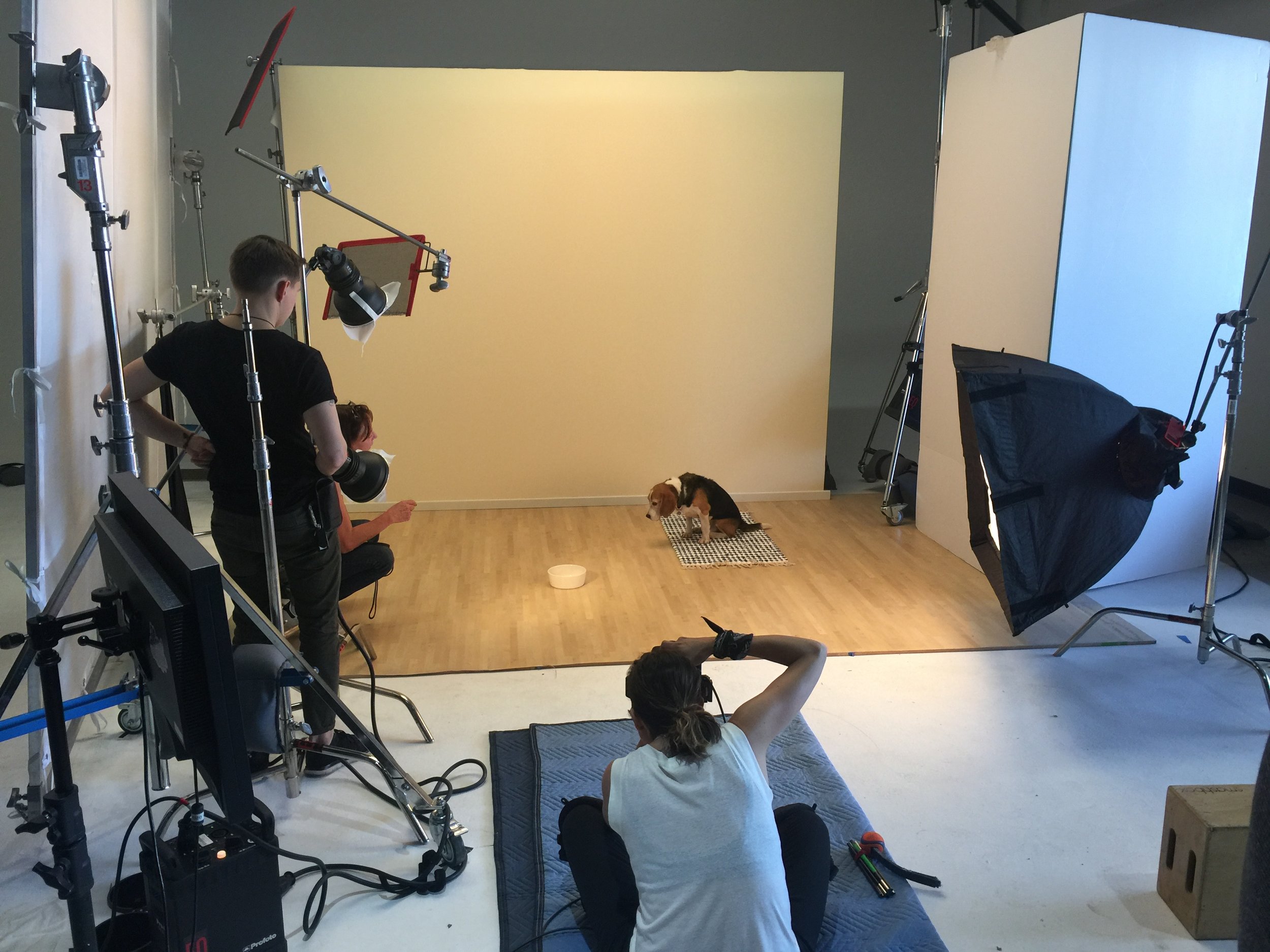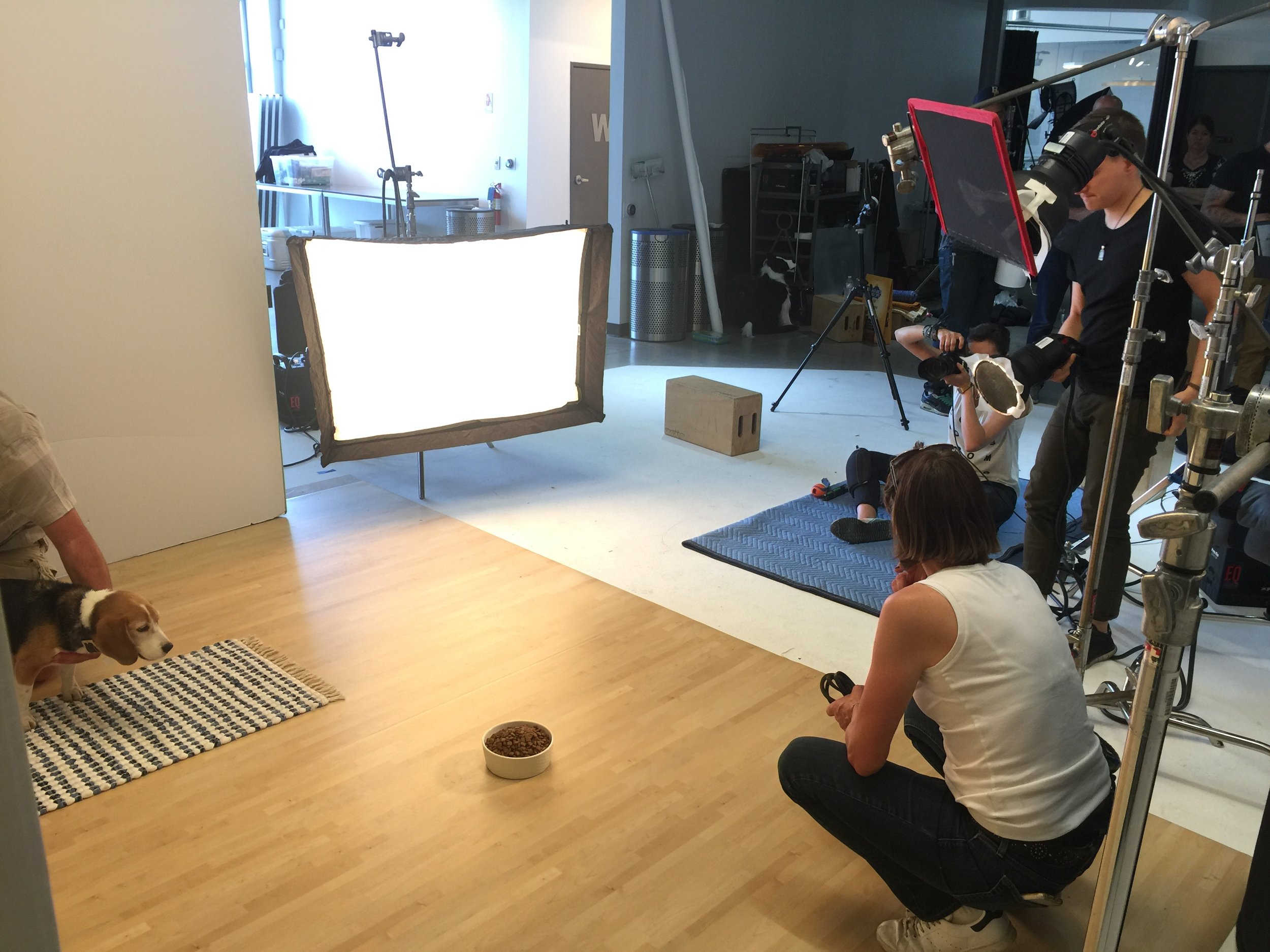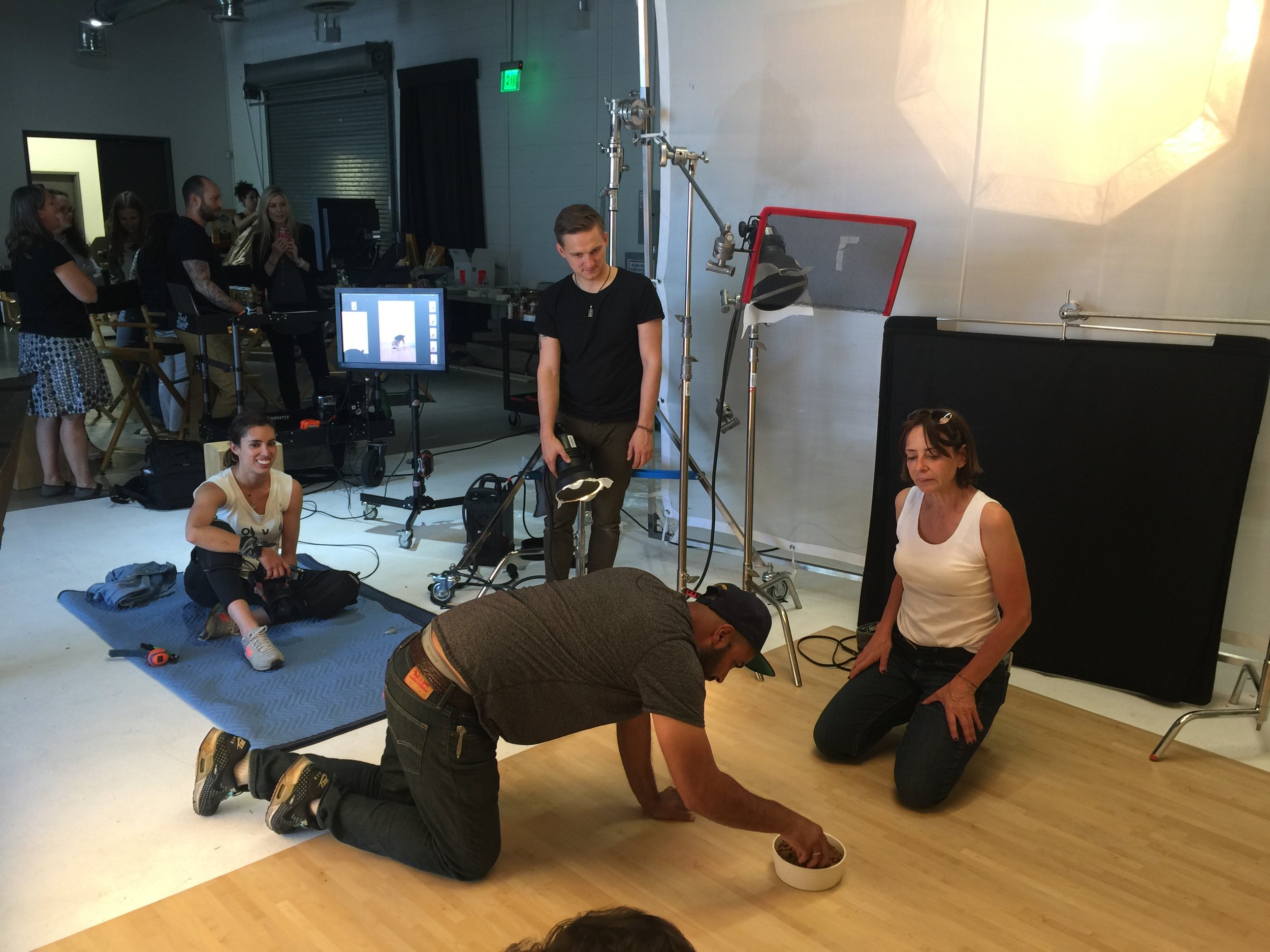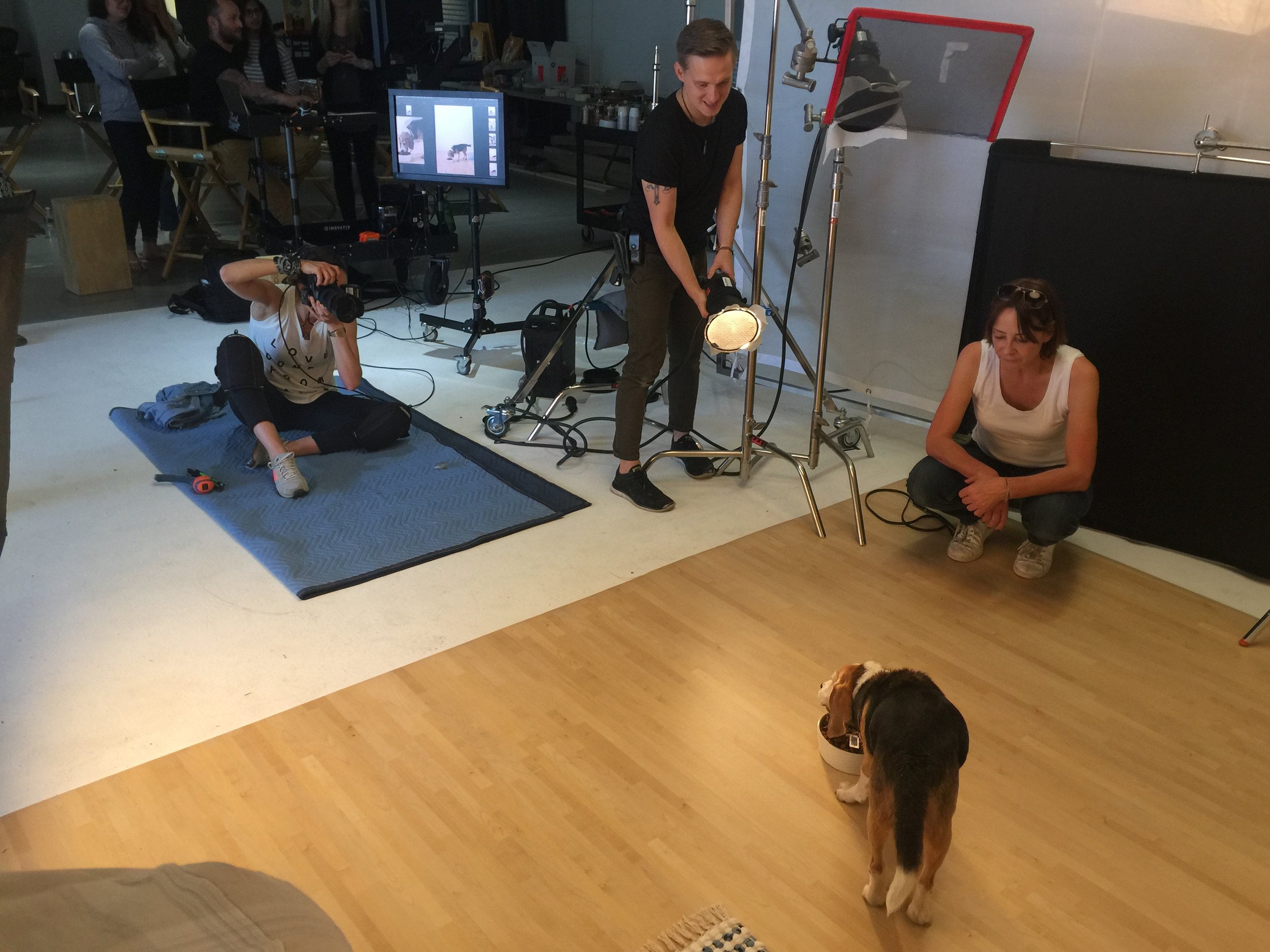Every so often I get a photography gig that is a challenge for me. I enjoy a challenge because it helps me learn even more about my craft. This most definitely was the case with NATURE’S RECIPE, a pet food company with a campaign called “Fuel the Wag”.
Upon the initial meeting with this client, one of the first questions (of many) they asked me was, “Can you take a photo of a dog wagging its tail while eating?” Yes, this was an objective of theirs - to have the dog eating, while wagging its tail, and for me to capture the moments. It seems simple, possible, but I soon learned it was quite the challenge.
In addition to this particular feat, we also were facing others, such as:
The dog may not wag its tail while eating (because most dogs don’t wag its tail while being fed).
The dog may have never eaten Nature’s Recipe before. Therefore, how will they even go to the bowl to eat the food?
Since many dog’s eat quickly, how much time will I have to get that ideal shot?
If I don’t get the shot the first time, what will happen? The dog cannot keep eating and eating just for me to get the image they require of me. Overfeeding is never a good thing!
Will the dog even eat at all, while being surrounded by people on set, cameras, noises, and other distractions?
So, I broke down the concerns with brief statements: wagging tail, how not to overfeed him, and to get him to stay interested in the food. Here is what I did.
WAGGING TAIL
The first thing I did was to ask the client for the casting. For me it was very important to see the breeds they had in mind for the shooting, as not all breeds have tails, or if they do, not all of them wag in a upward position.
Once the dogs with the right tail were picked, I wanted to know if any of the chosen dogs could wag on cue. This means that the dog will wag its tail following a command by its owner or trainer.
Well, that didn’t work.
The “wagging tail on cue” strategy was soon disregarded because the trainer and the chosen “hero” dogs would only meet for the first time 1 or 2 days prior of the photoshoot. Which meant that the dog handler would in no way have time to train them (more about the importance of a dog handler on set in this post). This led me to one option: shooting in burst mode and do the wagging tail effect in post production. The “Hero” Dog was a beautiful and simply adorable Beagle puppy, His name was Adam.
HOW TO NOT OVERFEED THE DOG
Adam never ate Nature’s Recipe before, so the first thing we did was to put some baby food in the walls of the bowl. This way Adam would lick at an angle and I would be able to capture his face’s expression. The way his head was tilted made for an ideal shot. We had to repeat this a few times. The baby food was a great trick to get him to repeat the action for a few times without overfeeding him.
We then added some of the Nature’s Recipe food to the bowl and shot again. However, Adam wasn’t wagging his tail as much as we were hoping. Although the burst mode worked, I wanted to try something else just in case. What did we do? We decided that the dog trainer would stay next to Adam and gently move his tail from left to right! Yes, it was “manual wagging” that did the trick!
HOW TO KEEP THE DOG INTERESTED IN THE FOOD
This one was actually very easy. Adam was hungry, very hungry. We actually had to stop him a few times because he’d wolf down the grain free chicken kibble in a second! Of course we didn’t want him to get sick, and he didn’t. He did so well, that what we thought would be a major hiccup in the shooting of the images was not a hiccup at all. Adam the Beagle did so well!
Then I took some plates of the bowl full of Nature’s Recipe without the dog and some extra plates of the set to have in case we needed them for post production. The final result you see is a composite.
IN CONCLUSION
In photography, or any other profession that requires a creative mind (and eye!), you may find yourself being challenged. That is what helps make you (and me) better at our jobs. When something seems as if it will push you beyond your limits, it just may. Once you think outside the box, you may find that what you thought was a challenge was actually not so bad...and quite the success.
Behind the scenes.

